While mushrooms enchant with their mysterious emergence and diverse forms, some carry a dark secret—a lethal potential. Amongst the array of colourful caps and intriguing shapes, certain fungi are equipped with potent toxins. These can cause severe illness and, in some unfortunate cases, even death. In this feature, we delve into the intriguing, yet deadly world of some of the most poisonous mushrooms found across the globe.
The Sinister Amanitas
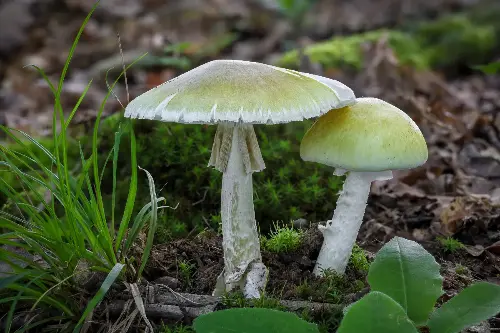
The Amanita genus, particularly Amanita phalloides, commonly known as the Death Cap, is infamous for its toxicity. Primarily found in Europe, but also present in parts of North America and Australia, the Death Cap is responsible for the majority of mushroom poisoning deaths worldwide. Its toxins, amatoxins, inhibit RNA polymerase II, a crucial enzyme in the synthesis of mRNA, resulting in cellular apoptosis, particularly in the liver and kidneys.
While the Death Cap disguises itself with a rather benign appearance—sporting a greenish cap and white gills—it is anything but harmless. Symptoms of poisoning often delay for 6 to 24 hours after ingestion, leading to abdominal pain, severe vomiting, and dehydration. Ultimately, if untreated, the poisoning can result in liver and renal failure.
The Wrath of the Destroying Angels
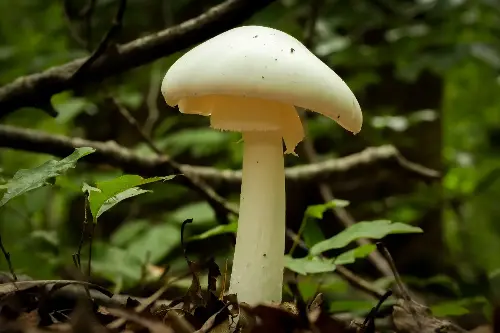
Similar in danger and deception are the Amanita species known as Destroying Angels, which include Amanita virosa in Europe, Amanita bisporigera in North America, and Amanita ocreata in the west of North America. Like their cousin the Death Cap, these mushrooms are strikingly attractive yet equally deadly. They boast elegant white stems and caps, easily mistaken for edible varieties.
Destroying Angels contain the same group of toxins as the Death Cap—amatoxins. These toxins are fast-acting on the cellular level and, like with the Death Cap, the initial symptoms can be deceivingly mild before rapidly progressing to more severe stages, often resulting in catastrophic organ failure.
The Risk of Webcaps
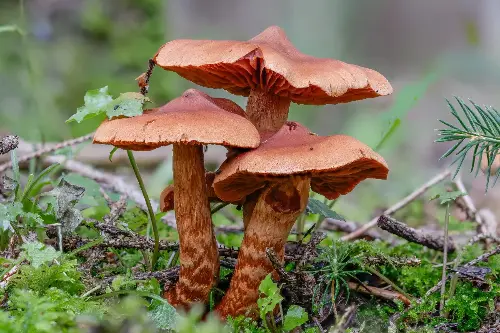
Orellanine poisoning begins with flu-like symptoms, such as headaches, chills, and muscle cramps, complicating diagnosis. The gradual progression of toxicity can often lead to irreversible kidney damage, underscoring the insidious nature of these fungi.
Deadly Dapperlings
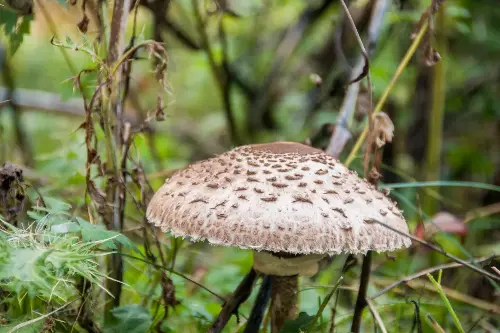
Lepiota brunneoincarnata, known as the Deadly Dapperling, is less famous but no less toxic. Found predominantly in Europe and Asia, it contains amatoxins, much like the lethal Amanita species. The appearance of the Deadly Dapperling can be deceiving—it features a pale, cream-coloured cap with a pinkish hue in the centre, which can lure unsuspecting foragers.
Symptoms post-ingestion mimic those of other amatoxin-contaminated mushrooms, leading initially to gastrointestinal discomfort before progressing to more severe systemic failures. The similarity in symptoms with other amatoxin-containing mushrooms makes initial identification of the poisoning source challenging.
The Lurking Gyromitra
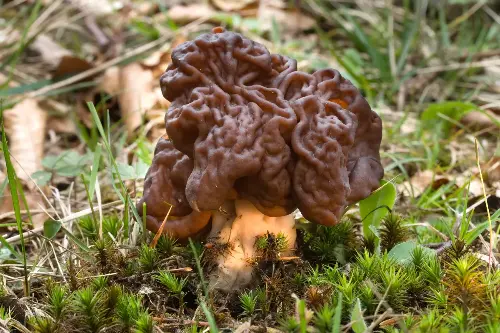
Among the more peculiar and equally perilous fungi are species from the Gyromitra genus, including Gyromitra esculenta, often misleadingly referred to as the false morel. These mushrooms contain gyromitrin, a volatile compound that metabolises into the toxic chemical hydrazine in the body.
Predominantly found in the northern hemisphere during spring, false morels possess a distinctive brain-like, wrinkled cap. Gyromitrin poisoning can cause severe neurological and gastrointestinal symptoms, such as dizziness, nausea, and in severe cases, seizures and coma. The varied symptoms and potential for misidentification make false morels a hazardous find in the wild.
In conclusion, while mushrooms can add flavour and intrigue to our meals and walks through the forest, it is crucial to remember the potential dangers posed by these fungal species. Misidentification can lead to dire consequences, underscoring the importance of expert consultation when foraging for wild mushrooms. Remember, when in doubt, it’s always safer to err on the side of caution and avoid consumption of any unknown fungi.
